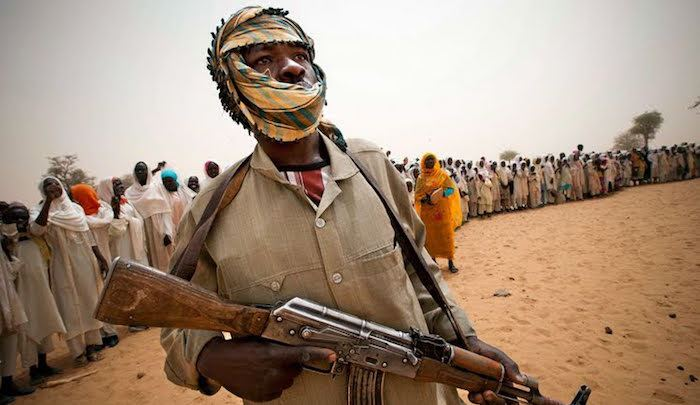Nigeria: Church and Christian Homes Torched in Violent Attack by Muslim Mob
- Mahamunimodi Team
- 3 days ago
- 3 min read

A disturbing wave of violence against Christians has once again shaken Nigeria, as fresh attacks in the country’s northeast and northwest underline the ongoing vulnerability of Christian communities. Morning Star News reported on November 11, 2025, that militants struck multiple regions over the weekend, leaving destruction, fear, and outrage in their wake.
On Saturday, November 8, armed militants belonging to the Islamic extremist group Boko Haram launched a brutal assault on a Christian settlement in Borno state, located in Nigeria’s troubled northeast. The attackers targeted the Chibok area, a region already synonymous with past insurgent horrors, and set ablaze a church building along with several Christian-owned homes and properties.
Local residents confirmed that a Church of the Brethren in Nigeria (EYN) building was completely destroyed by fire. The devastation extended beyond the place of worship—houses, shops, vehicles, and other community structures were reduced to ashes as flames engulfed Pemi village.
Andrew Yohanna, a resident of the besieged community, spoke with Christian Daily International–Morning Star News, issuing a desperate plea: “Pemi community in Chibok Local Government Area of Borno state is currently under attack by Boko Haram terrorists… We need your prayers.”
Another resident, Peter Maina, reported that even the EYN pastor’s residence had been set on fire, further deepening the anguish of the local Christian population.
The emotional toll on the community was palpable. Josiah Ayuba Ponna, expressing the shock and fury shared by many, said: “The destruction of the EYN Church, shops and cars is a painful reminder of the insecurity in our community. This is not the first time our church has been attacked, and we’re tired of living in fear. We demand action from our leaders; we need protection, security, and justice. We demand an end to this senseless violence.”
Similarly, resident Tabitha Joel appealed directly to the Nigerian government, highlighting the extent of human suffering caused by the assault. She described a scene of overwhelming devastation: “This violent attack has ravaged the community, leaving a trail of destruction, displacement, and unimaginable suffering. The attackers not only targeted homes but also set ablaze cars, churches and shops, leaving the community in ruins. The images are heartbreaking, with burnt-out vehicles, destroyed places of worship, and businesses reduced to ashes.”
These attacks come as Nigeria continues to rank among the most dangerous countries in the world for Christians. According to Open Doors’ 2025 World Watch List, Nigeria recorded an alarming 3,100 out of 4,476 Christian deaths reported globally during the last year—representing 69 percent of all Christians killed for their faith worldwide.
The report found that anti-Christian violence in Nigeria has reached the highest measurable level within the World Watch List’s analytical framework. Compounding the crisis, the spread of violence is no longer confined to the northeast. It has begun penetrating southern regions as well.
Adding to the complexity is the emergence of a new jihadist faction called Lakurawa in the northwest. Equipped with sophisticated weaponry and driven by an aggressive Islamist ideology, Lakurawa is reportedly aligned with Jama’a Nusrat ul-Islam wa al-Muslimin (JNIM), an Al-Qaeda–linked and expansionist terror movement originating in Mali. Their rise has intensified insecurity and expanded the geographic scope of extremist violence across Nigeria.
Overall, the continued assaults—whether by Boko Haram, the Islamic State West Africa Province (ISWAP), or newer jihadist splinter groups—paint a grim picture for Nigeria’s Christian population. Despite repeated calls for stronger protections and decisive action, millions remain caught in a cycle of fear, displacement, and unrelenting attacks.



Comments